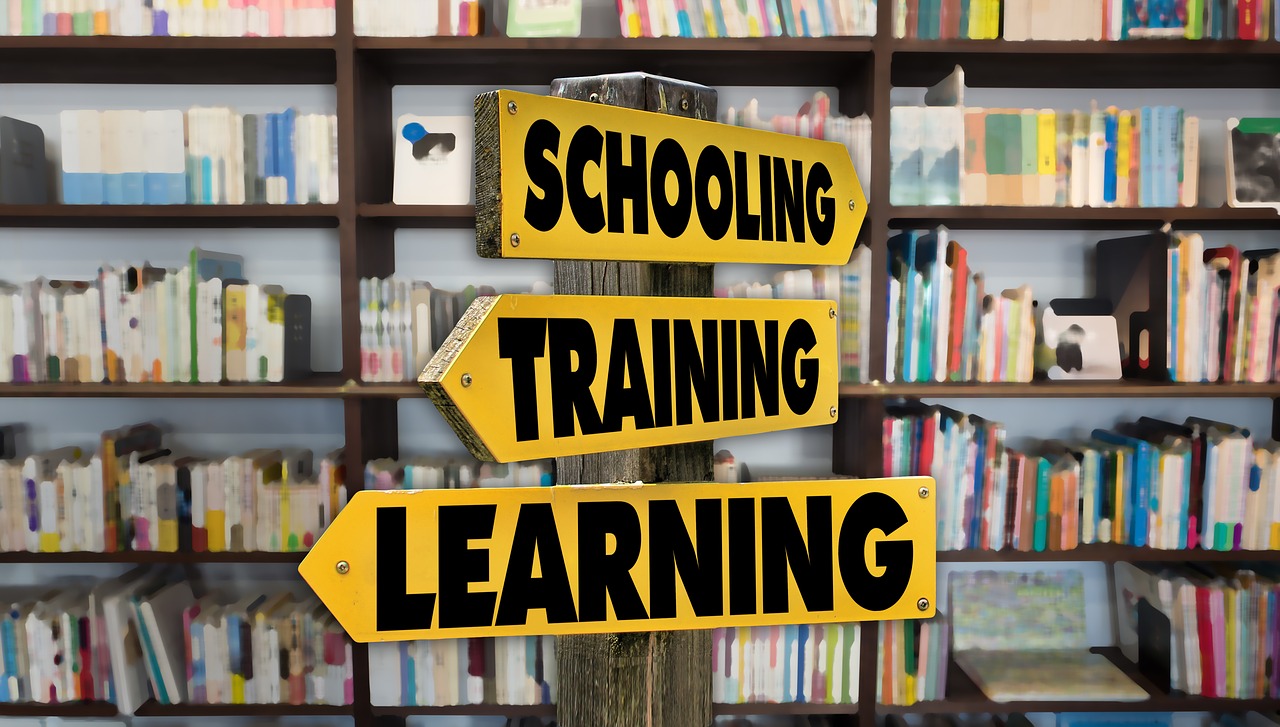Many managers face challenges in giving actionable and respectful feedback. On the other hand, employees rarely receive feedback confidently or use it to improve performance. That’s because they lack requisite feedback training and skills. Feedback training is a powerful tool for streamlining effective communication, collaboration, and growth.
Thought leaders such as managers and supervisors should give their teams feedback that inspires growth and motivates them to perform better. Team members need high-quality feedback to build stronger working relationships and resolve conflicts. The following five methods help enhance feedback training for employees and managers.
Workshops and Seminars
To enhance feedback training, methods such as workshops, leveraging technology, fostering a feedback
culture, ongoing skill development, and structured frameworks are vital. Implementing these strategies
in an Essay Writing Service can improve communication and performance, ensuring writers and clients
engage in constructive feedback, ultimately leading to better quality essays and satisfied customers.
Teach your students about the negative and positive concepts of feedback training. You have to teach them the importance of giving timely and actionable feedback. You can employ seminars to offer the participants practical techniques and tools for feedback. They should learn about the feedback sandwich approach and how it works.
Your team needs to study the situation-behavior-impact model and its benefits. Participants must also understand their roles and when and how they should give feedback. You can offer real-life examples to ensure participants understand these concepts and skills.
Leverage Feedback Technology and Tools
Do you know every organization wants to modernize their feedback processes?
You want your clients, employees, and the executive team to painlessly give feedback.
But how do you make that realizable without incurring extra costs and effort?
Feedback tools and technology facilitate well-thought-out and efficient feedback processes. Leverage online platforms and specialized software to collect, analyze, and manage feedback from multiple sources.
You can enable anonymous feedback submission to encourage people to share honest input. Also, you can facilitate 360-degree feedback loops involving several stakeholders and real-time feedback mechanisms.
Invest in tools with features such as performance metrics tracking and customizable surveys. Some tools integrate seamlessly with existing HR systems to streamline feedback management.
These tools have reporting functionalities and dashboards that visualize feedback data and generate actionable insights. Feedback technology helps foster a culture of openness and encourages people to give feedback.
Encourage a Feedback Culture
Do you know only a fraction of people give and receive feedback?
Businesses want that feedback to identify areas that need upgrading. Employees need feedback to understand their shortcomings and strengths. Sadly, the culture of giving and receiving feedback is uncommon in today’s business world.
Feedback is a robust tool that enlightens you when things are heading in the right direction and when a redirection is necessary. Leaders should encourage a culture of giving and receiving feedback.
You should model behaviour that actively pursues feedback and demonstrates openness to suggestions. Your employees and teams should feel safe and supported to provide truthful feedback without being reprimanded or threatened.
Ongoing Training and Skill Development
Feedback skills take time to master. You will find that your teams have challenges integrating the skills into their everyday work life. Instead of applying harsh measures to push your learners to implement the feedback skills, provide ongoing training sessions.
Begin your training sessions with an overview of the feedback essentials. Make your learners understand the need to be clear and specific in their feedback giving. Teach your learners effective communication techniques. Educate them on how to use non-verbal and active listening to optimize message reception and delivery.
You can leverage emotional intelligence training to enlighten participants on managing their emotions during feedback exchanges. Also, role-playing simulations and exercises can be used to teach practical applications. These are integral activities that enable participants to practice how to give and receive feedback.
Training them in such lessons in controlled settings ensures they can provide constructive and focused feedback in real-world situations. Offer guidance and feedback to assist participants learn the skills and be confident in giving and receiving feedback.
Structured Feedback Framework
Make learning feedback skills a breeze using a well-thought-out feedback framework. Put everything you want your learners to grasp in order. A structured framework eases the implementation process and ensures learners can provide and receive feedback positively. You want to structure everything about timing and frequency of feedback delivery and receiving.
Train them about the prevalent methods of delivering feedback. You must ensure that your learners understand giving and receiving feedback. Put down all the objectives and goals you want to achieve in the training. That can be skill development, behavioural change, and performance improvement.
Your objectives should align the feedback with organizational goals. Establish criteria that ensure the feedback generated is actionable and delivered on time. It should also meet the specific recipients’ needs while providing value to the organization.
Wrapping Up
Feedback training is one intricate aspect that needs expert addressing. Everybody in your company and business should understand the need to give and receive feedback positively. These are the five major strategies for training feedback skills.
A structured feedback framework ensures learners will have a better learning experience. Use workshops, seminars, and feedback technologies to streamline the training sessions. Encourage a culture where everyone can receive and give feedback without negative vibes. Offer ongoing training to ensure participants can master the feedback-giving and receiving skills.
